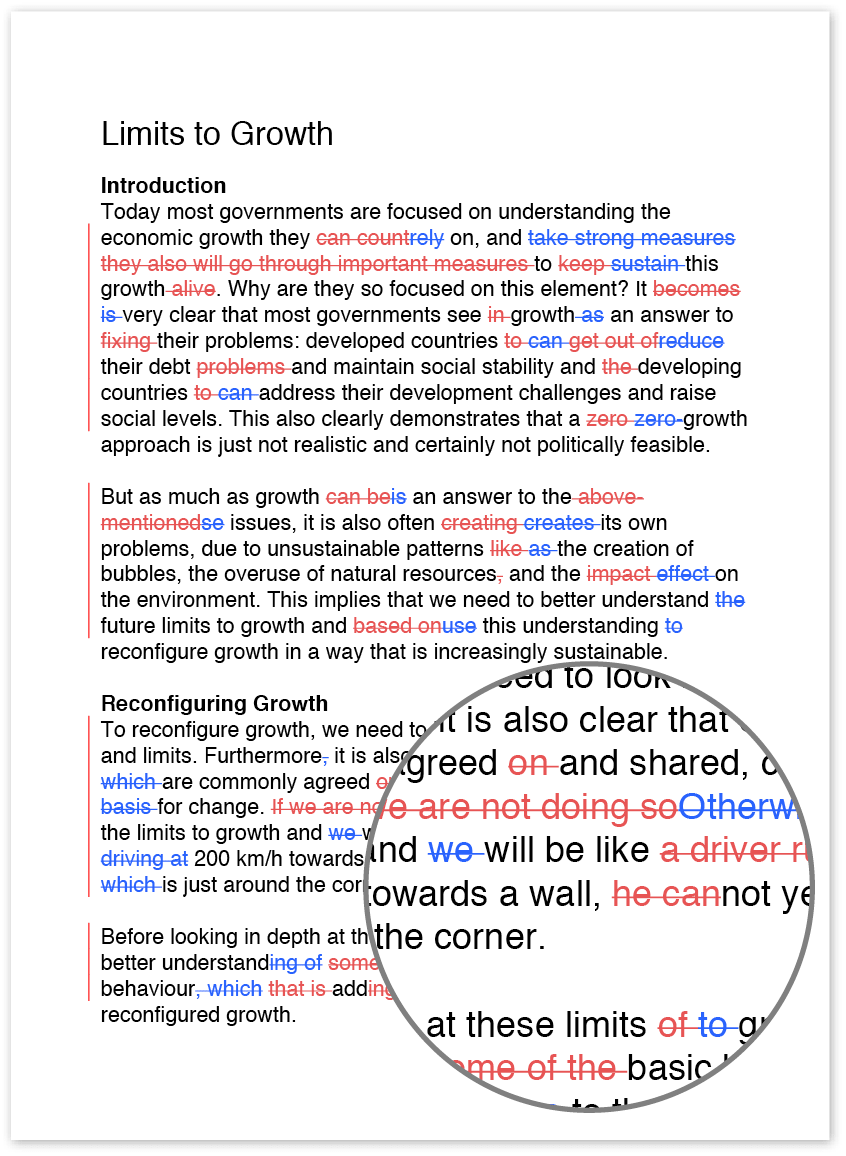What is an Oxford comma?
You may have heard arguments about whether the Oxford comma should be used in writing. Many people have strong feelings about this punctuation, but just what is an Oxford comma?
An Oxford comma, also known as a serial comma, is a comma used before the last item in a list. For example, if you use the sentence ‘Please bring me bananas, oranges and apples’, an Oxford comma would be used after the word ‘oranges’: ‘Please bring me bananas, oranges, and apples.’ For a sentence like that, the meaning is clear with or without the final comma.
However, in some sentences, not using the Oxford comma can lead to confusion. Consider these two sentences: ‘I had the most interesting dinner last night with my wife, a doctor and a writer’ and ‘I had the most interesting dinner last night with my wife, a doctor, and a writer’. In the first sentence, it seems that the speaker had dinner with his wife, who is a doctor and a writer. In the second sentence, the speaker had dinner with three people: his wife, a doctor, and a writer.
Using the Oxford comma is optional, and the decision of whether to use it often depends on what style guide you are using or whether you are writing text for readers in the United States, where its use is fairly standard, as opposed to the United Kingdom or Australia, where it isn’t used much. Style guides that call for its use include the American Psychological Association (APA), The Chicago Manual of Style, and The Modern Language Association (MLA) Style Manual. However, the Associated Press Stylebook advises against its use.

